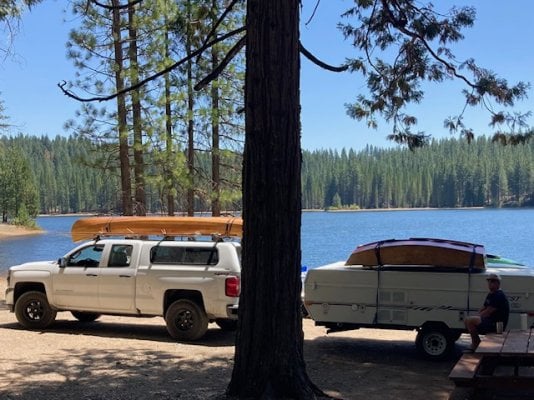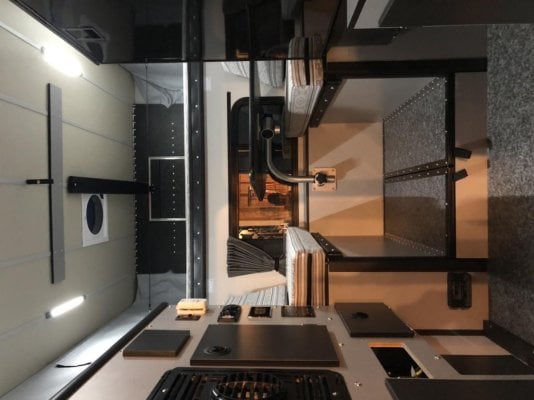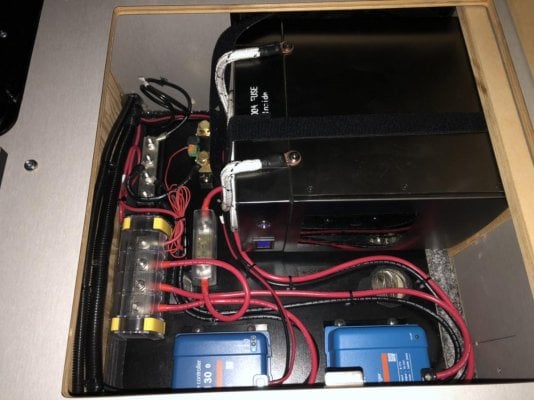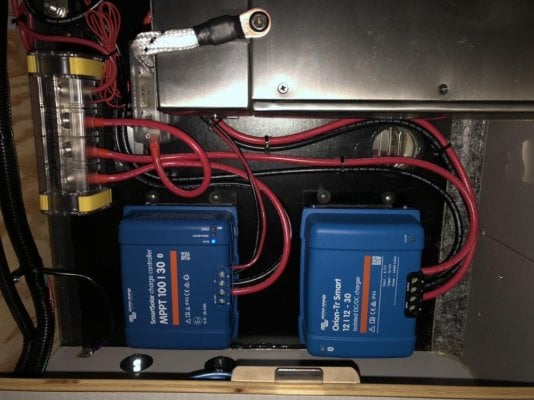CPT Davenport
El Pescador
Good morning,
Thank you for all the amazing information you have provided in this forum!
My wife and I have managed to launch 2 of three children out into the world. The third should be fledging the nest in the next year. In preparation for our new found freedom and eventual retirement, we have purchased a 2022 Hawk side dinette (wont be built and ready until July). In addition we have ordered a Klamath 16EXW "Tinnie" (ready for pick up in April) to tow behind the fwc. A rig combo I have dreamt of since childhood.
We own a 2017 Silverado 1500 (only 30k on odometer as we only use for camping) with max tow package, paylaod of #1860, GVWR of #7200. Toyo LT285/70R17 Open Country ATs, Bilstein shocks and SuperSprings.
This rig has served us well towing our Jayco pop up tent trailer. I realize we are close to maxing out the 1/2 ton, but we will run it and see how she does. We are excited for the upgrade to the Hawk/Klamath combo and the adventures that will follow.
Many questions to come! We have 7 months to wait so this forum keeps the dream alive!
Thank you for all the amazing information you have provided in this forum!
My wife and I have managed to launch 2 of three children out into the world. The third should be fledging the nest in the next year. In preparation for our new found freedom and eventual retirement, we have purchased a 2022 Hawk side dinette (wont be built and ready until July). In addition we have ordered a Klamath 16EXW "Tinnie" (ready for pick up in April) to tow behind the fwc. A rig combo I have dreamt of since childhood.
We own a 2017 Silverado 1500 (only 30k on odometer as we only use for camping) with max tow package, paylaod of #1860, GVWR of #7200. Toyo LT285/70R17 Open Country ATs, Bilstein shocks and SuperSprings.
This rig has served us well towing our Jayco pop up tent trailer. I realize we are close to maxing out the 1/2 ton, but we will run it and see how she does. We are excited for the upgrade to the Hawk/Klamath combo and the adventures that will follow.
Many questions to come! We have 7 months to wait so this forum keeps the dream alive!




